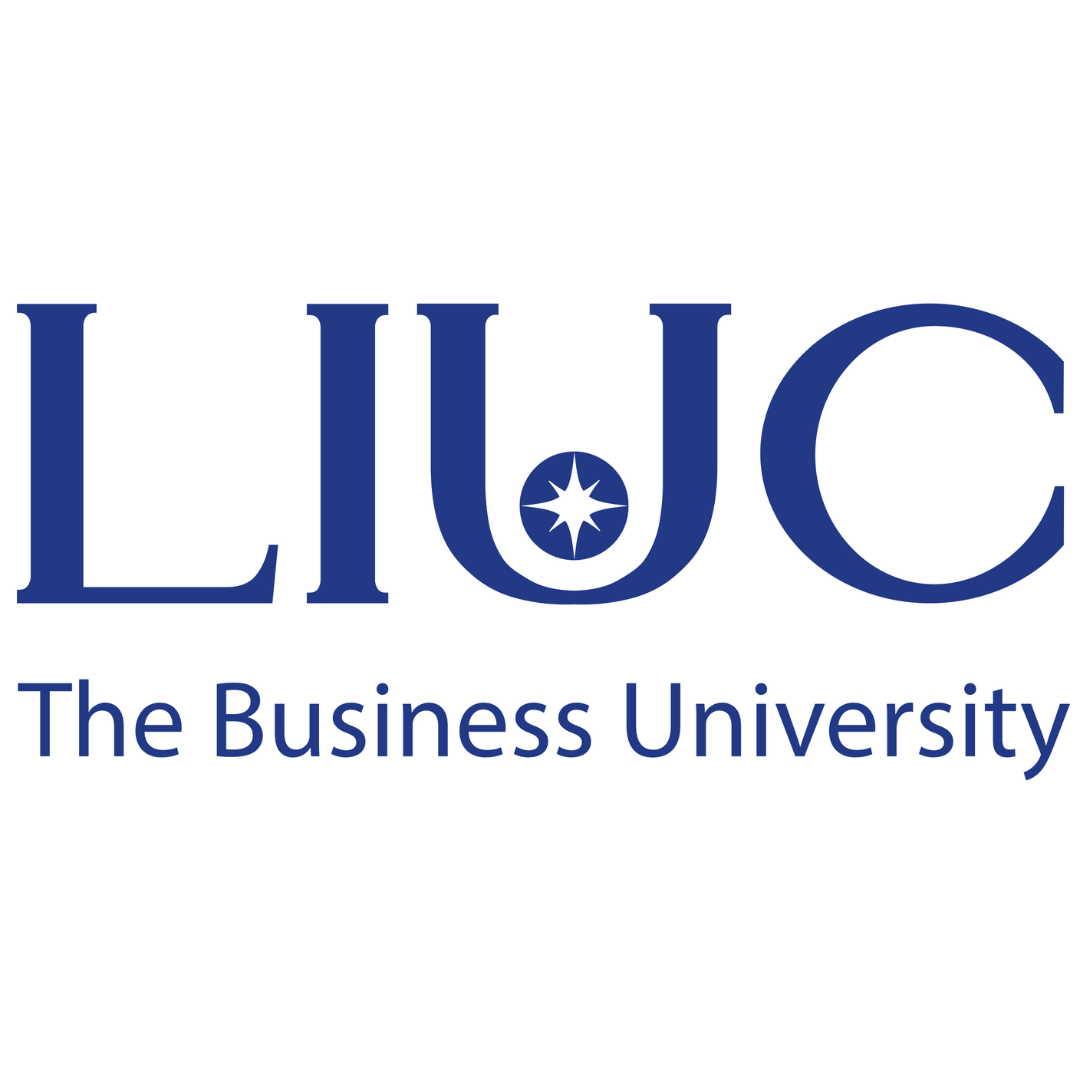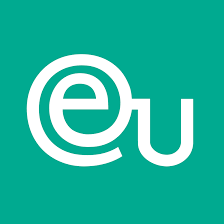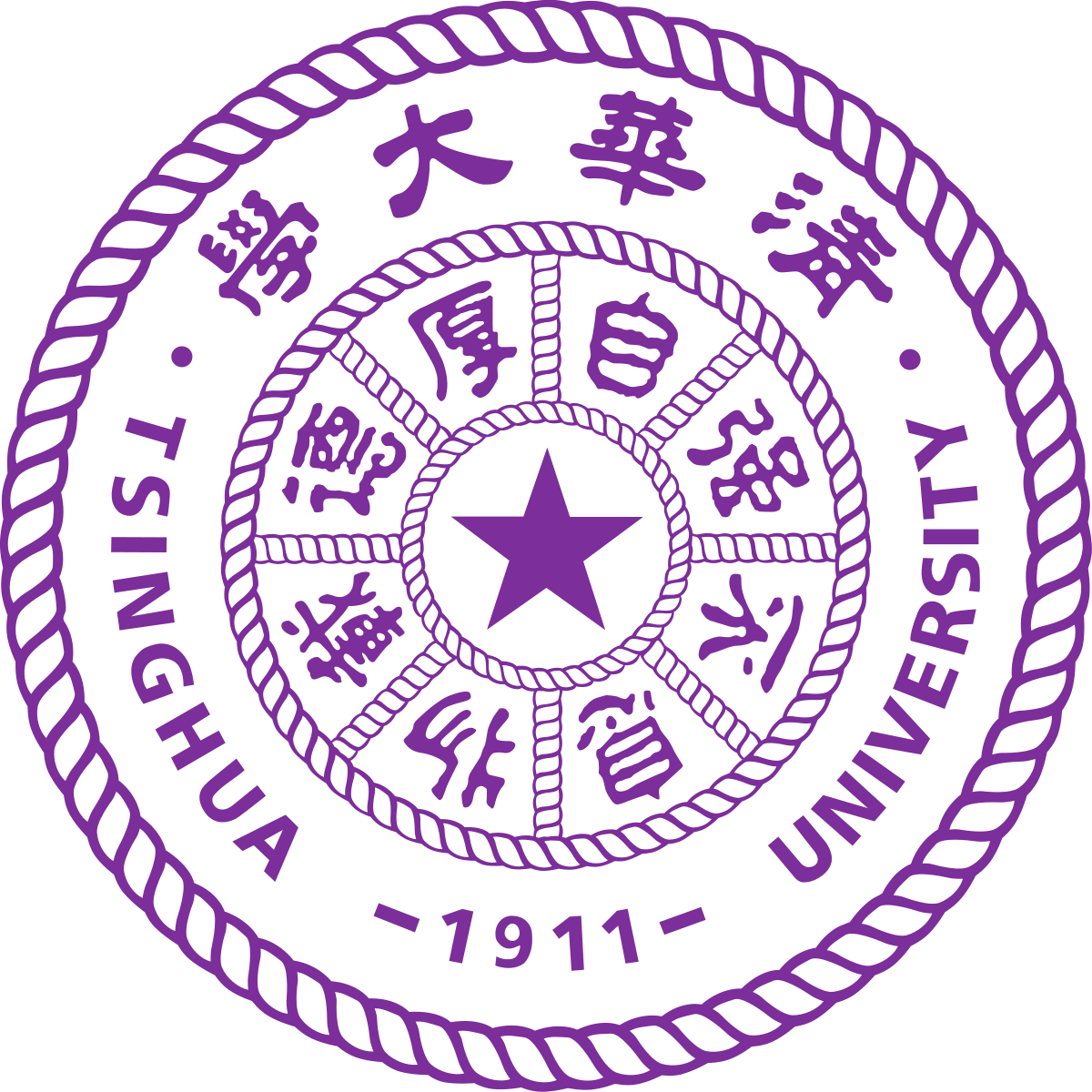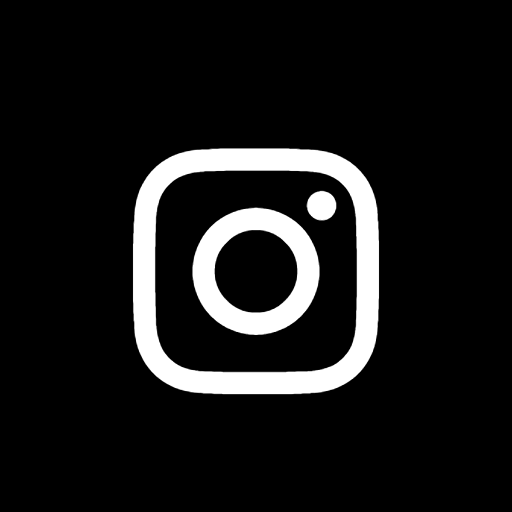Programme structure
Courses in e.g. computer graphics, image analysis, interaction design and VR/AR are blended into a unified learning experience that covers the whole range from enabling technologies to the final user experience of VR/AR applications.The core of the programme is the assumption that VR/AR technology is best learned when students fuse theoretical knowledge and technical skills with design thinking. Active experimentation is a fundamental pillar of the master's programme, with laboratory work and project assignments in Lund University's top tier laboratories. Examples of concrete content in the master's programme include:
Computer graphics and its implications for VR/AR applications
Image analysis and its applications in VR/AR tracking
3D interaction in VR/AR applications
User-centred design methodology for VR/AR development
Local and global companies are strongly committed to contributing to the master's programme in various ways. This creates huge opportunities for project assignments and master degree projects, solving real world problems by applying VR/AR technology in a creative and innovative manner.
Programme modules/courses
The programme is carefully tailored and contains mainly mandatory courses.
Semester 1: Image Analysis (7.5 credits), Computer Graphics (7.5), Interaction Design (7.5), High Performance Computer Graphics (7.5)
Semester 2: Virtual Reality in Theory and Practice (7.5), Computer Vision (7.5), Theoretical Perspectives in Interaction Design (7.5), Universal Design, Theory and Project (7.5)
Semester 3: Augmented Reality Interaction (7.5), Extended Reality, continuation course (7.5), Project Course (7.5) and one elective course. (7.5).
Semester 4: Master degree project (30)
Show less













